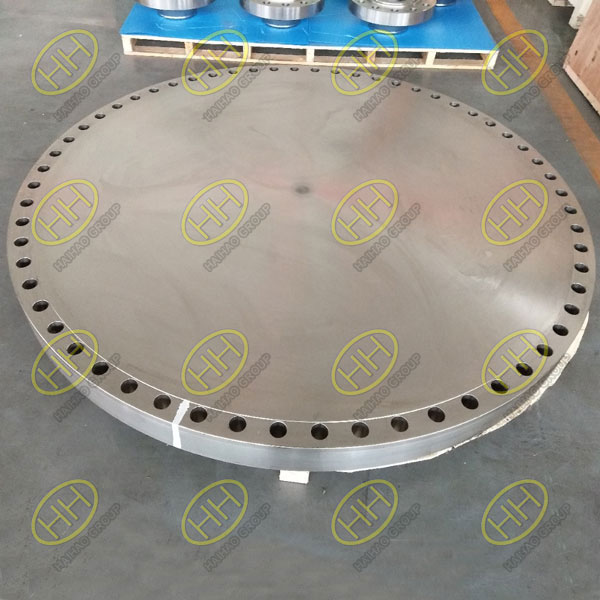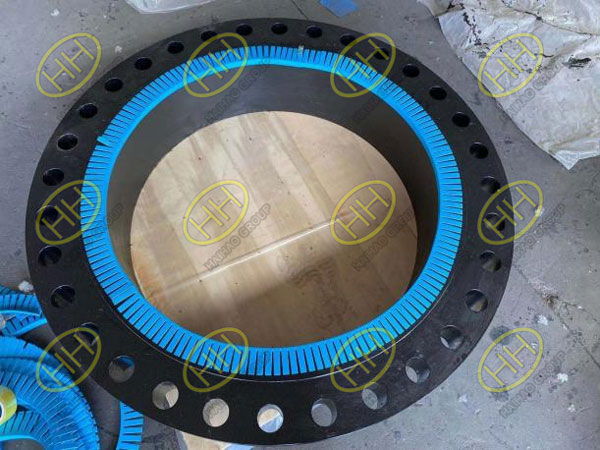Understanding the differences between ASME B16.5 and ASME B16.47
When it comes to piping systems, flanges play a crucial role in ensuring the integrity and performance of connections. Two widely recognized standards for flanges are ASME B16.5 and ASME B16.47. While both standards serve important functions in the industry, they cater to different applications and have distinct specifications. In this article, we will explore the key differences between ASME B16.5 and ASME B16.47 flanges.
ASME B16.5 Flanges
ASME B16.5: Overview
ASME B16.5 covers flanges for piping systems with nominal sizes ranging from 1/2 inch to 24 inches. This standard primarily addresses:
Materials: ASME B16.5 specifies materials for flanges, including carbon steel, alloy steel, and stainless steel. It provides guidelines for the mechanical and chemical properties of these materials.
ASME B16.47 Flanges
Design: The standard defines various types of flanges, including weld neck, slip-on, blind, threaded, and socket weld flanges, with specifications for dimensions, tolerances, and pressure-temperature ratings.
Applications: ASME B16.5 flanges are commonly used in various industries, including oil and gas, chemical processing, and power generation. They are designed to withstand moderate to high pressures.
ASME B16.47: Overview
ASME B16.47 is intended for larger flanges and covers nominal sizes ranging from 26 inches to 60 inches. Key aspects of this standard include:
Types of Flanges: ASME B16.47 includes two series of flanges: Series A and Series B. These series differ in dimensions, shapes, and design requirements. Series A flanges typically have a thicker profile, while Series B flanges are designed for specific pressure ratings.
Applications: These flanges are primarily used in large-diameter piping systems, often found in industrial applications such as power plants and large-scale chemical processes.
Design Features: ASME B16.47 flanges are designed to provide reliable performance under higher pressure and larger flow rates. They often include additional features like raised faces for better sealing capabilities.
Key Differences
1.Size Range:
ASME B16.5: 1/2 inch to 24 inches.
ASME B16.47: 26 inches to 60 inches.
2.Types of Flanges:
ASME B16.5: Various types, including weld neck, slip-on, and threaded flanges.
ASME B16.47: Series A and B flanges with specific design features for larger diameters.
3.Applications:
ASME B16.5: Suitable for a variety of applications with moderate to high pressure.
ASME B16.47: Designed for larger piping systems and typically used in heavy-duty industrial applications.
4.Pressure Ratings:
ASME B16.5: Moderate pressure ratings based on size and material.
ASME B16.47: Higher pressure ratings tailored for larger pipe sizes and demanding conditions.
Understanding the differences between ASME B16.5 and ASME B16.47 is essential for selecting the appropriate flange for your piping system. Each standard addresses specific needs based on size, application, and pressure requirements. By choosing the right flange according to these standards, you can ensure the safety and efficiency of your piping system. For any inquiries regarding flange selection or to learn more about our products, feel free to contact our expert team at Haihao Group.


